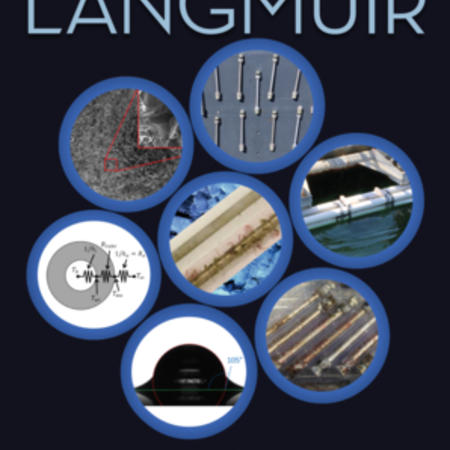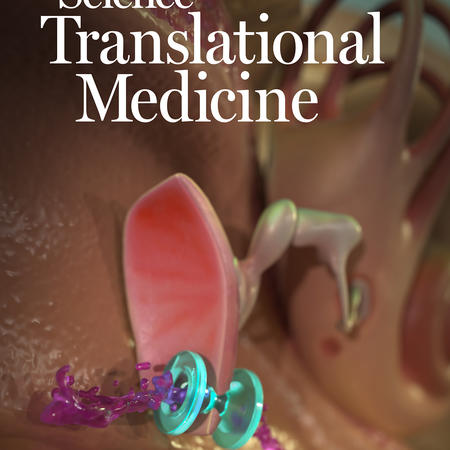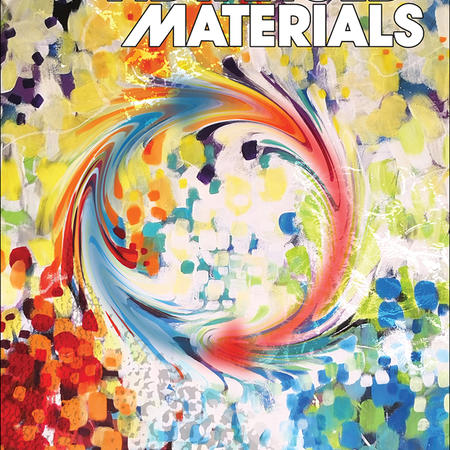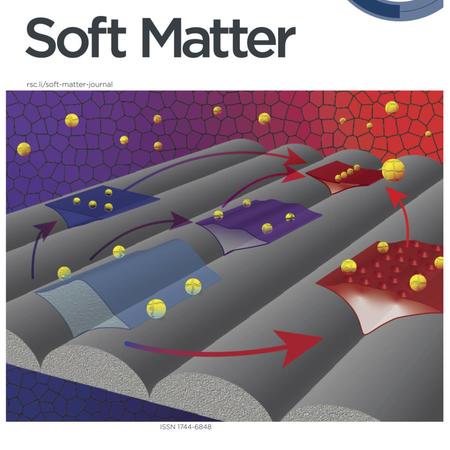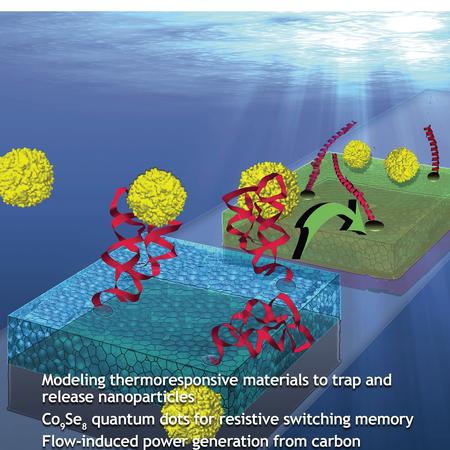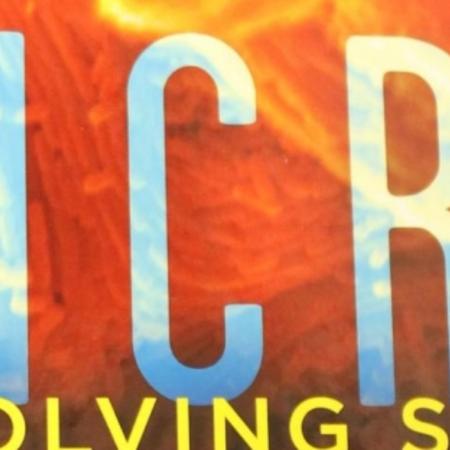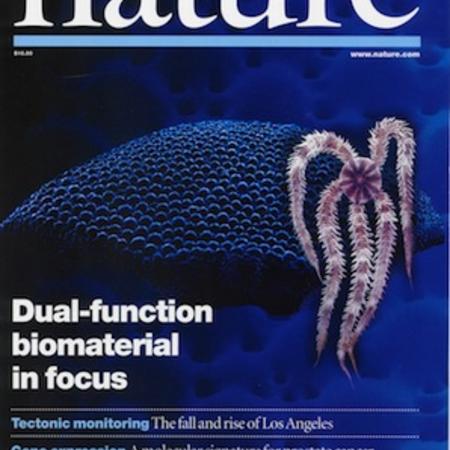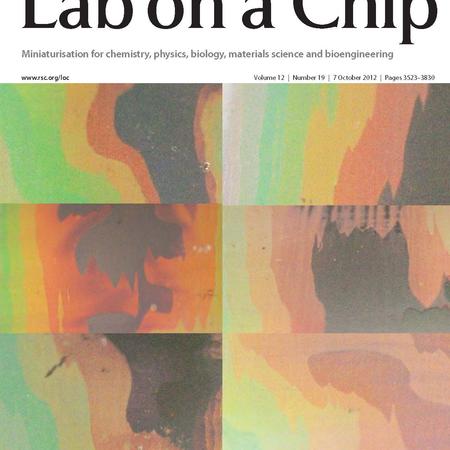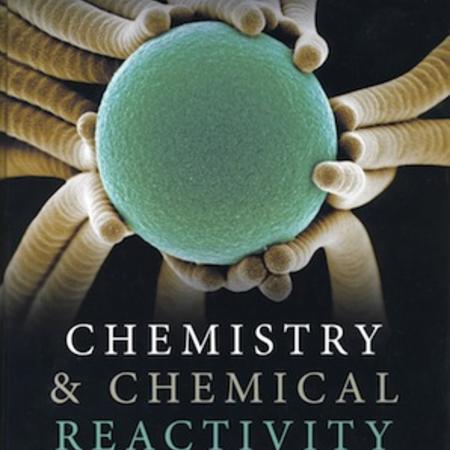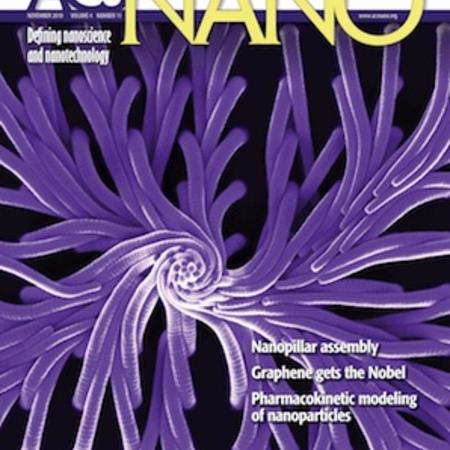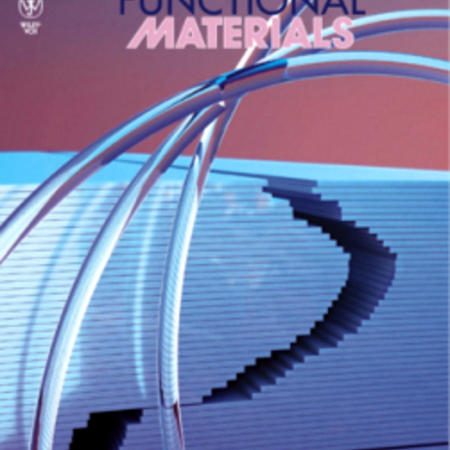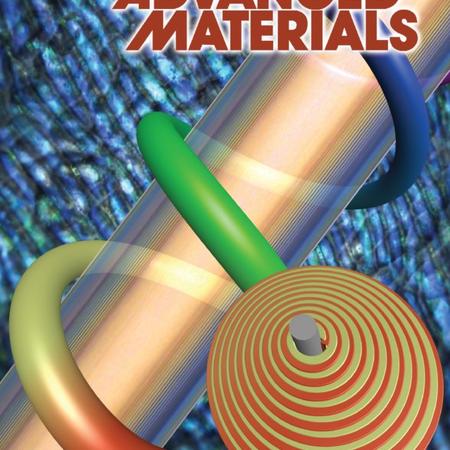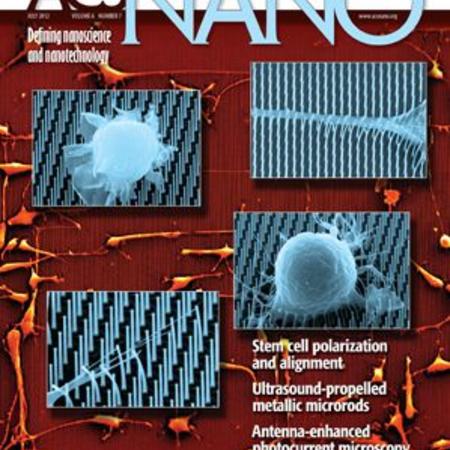Citation:
Abstract:
Developments in the field of microfluidics have triggered technological revolutions in many disciplines, including chemical synthesis, electronics, diagnostics, single-cell analysis, micro- and nanofabrication, and pharmaceutics. In many of these areas, rapid growth is driven by the increasing synergy between fundamental materials development and new microfluidic capabilities. In this Review, we critically evaluate both how recent advances in materials fabrication have expanded the frontiers of microfluidic platforms and how the improved microfluidic capabilities are, in turn, furthering materials design. We discuss how various inorganic and organic materials enable the fabrication of systems with advanced mechanical, optical, chemical, electrical and biointerfacial properties — in particular, when these materials are combined into new hybrids and modular configurations. The increasing sophistication of microfluidic techniques has also expanded the range of resources available for the fabrication of new materials, including particles and fibres with specific functionalities, 3D (bio)printed composites and organoids. Together, these advances lead to complex, multifunctional systems, which have many interesting potential applications, especially in the biomedical and bioengineering domains. Future exploration of the interactions between materials science and microfluidics will continue to enrich the diversity of applications across engineering as well as the physical and biomedical sciences.
Notes:
The authors acknowledge funding from the US National Institutes of Health (AR057837, DE021468, D005865, AR068258, AR066193, EB022403, EB021148), the Air Force Office of Scientific Research Award (USA, FA9550-15-1-0273), the Presidential Early Career Award for Scientists and Engineers (USA), Consejo Nacional de Ciencia y Tecnología (Mexico, scholarships 262130 and 234713), Tecnológico de Monterrey (Mexico), Massachusetts Institute of Technology (MIT) International Science and Technology Initiatives and Fundación México en Harvard. This research has been partially funded by the Tecnológico de Monterrey and MIT Nanotechnology Program. X.H. acknowledges the support of the Recruitment Program for Young Professionals (China), the National Natural Science Foundation (China, 21673197), and the Research Institute for Biomimetics and Soft Matter, Fujian Provincial Key Laboratory for Soft Functional Materials Research, Xiamen University (China), supported by the 111 Project (B16029). Y.S.Z. acknowledges the National Cancer Institute of the US National Institutes of Health Pathway to Independence Award (K99CA201603). J.R. acknowledges sup- port from the Portuguese Foundation for Science and Technology (SFRH/BD/51679/2011). P.S.W., A.M.A. and J.A. acknowledge support from the Kavli Foundation (USA). A.M.A. acknowledges support from the Hatos Center for Neuropharmacology (USA). S.J.J. acknowledges the support of the Eli and Edythe Broad Center of Regenerative Medicine and Stem Cell Research at the University of California Los Angeles (UCLA) Training Program through its Clinical Fellowship Training Award Program, as well as the UCLA Children’s Discovery and Innovation Institute’s Fellows Research Support Award.
